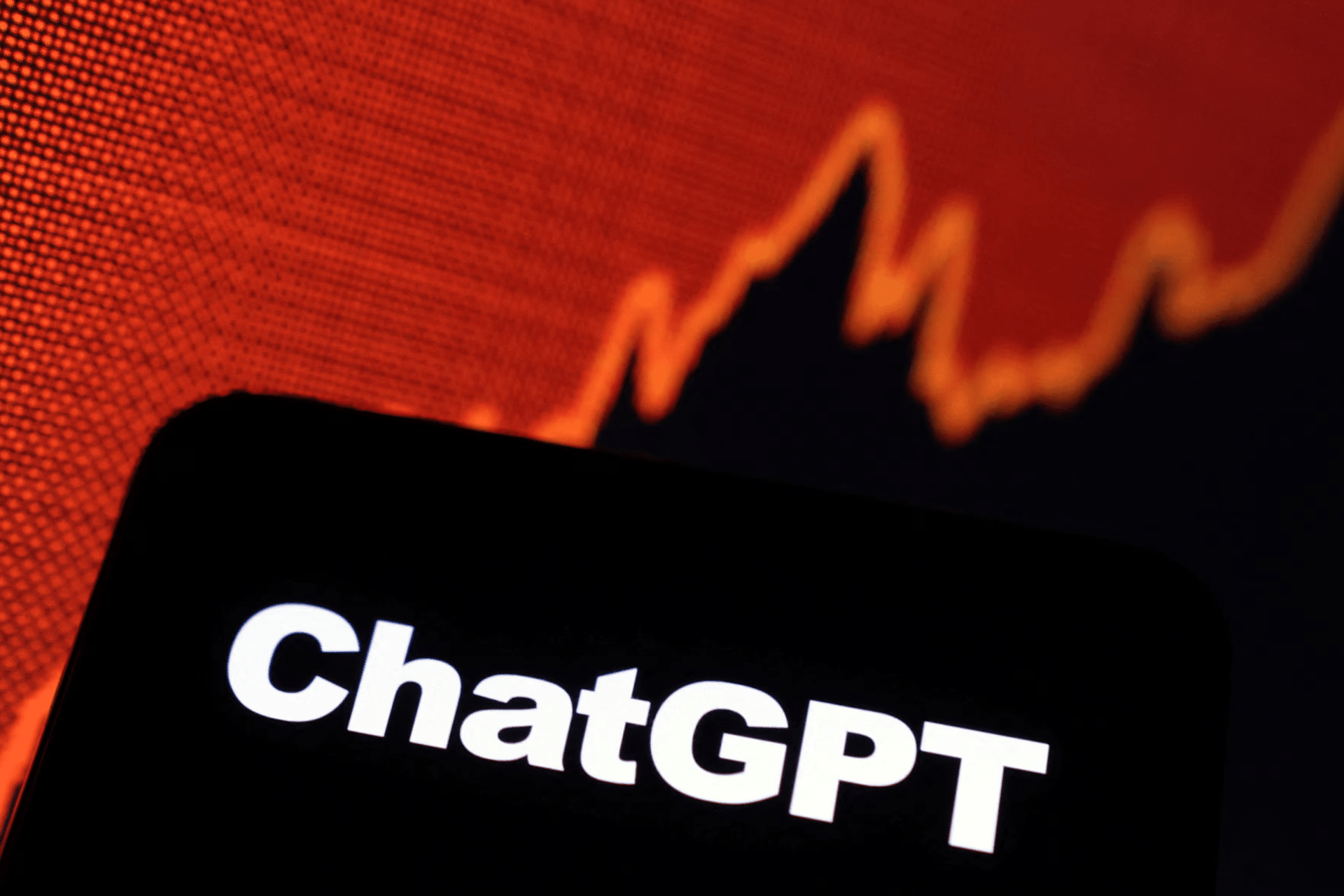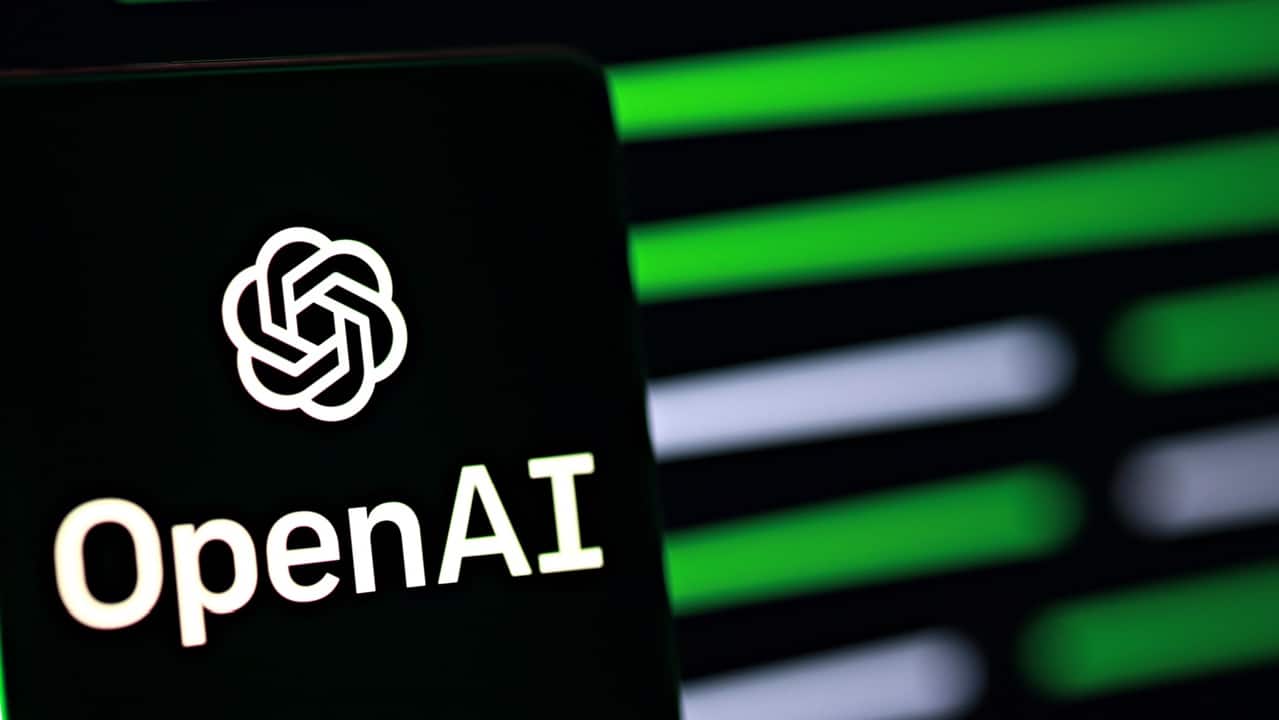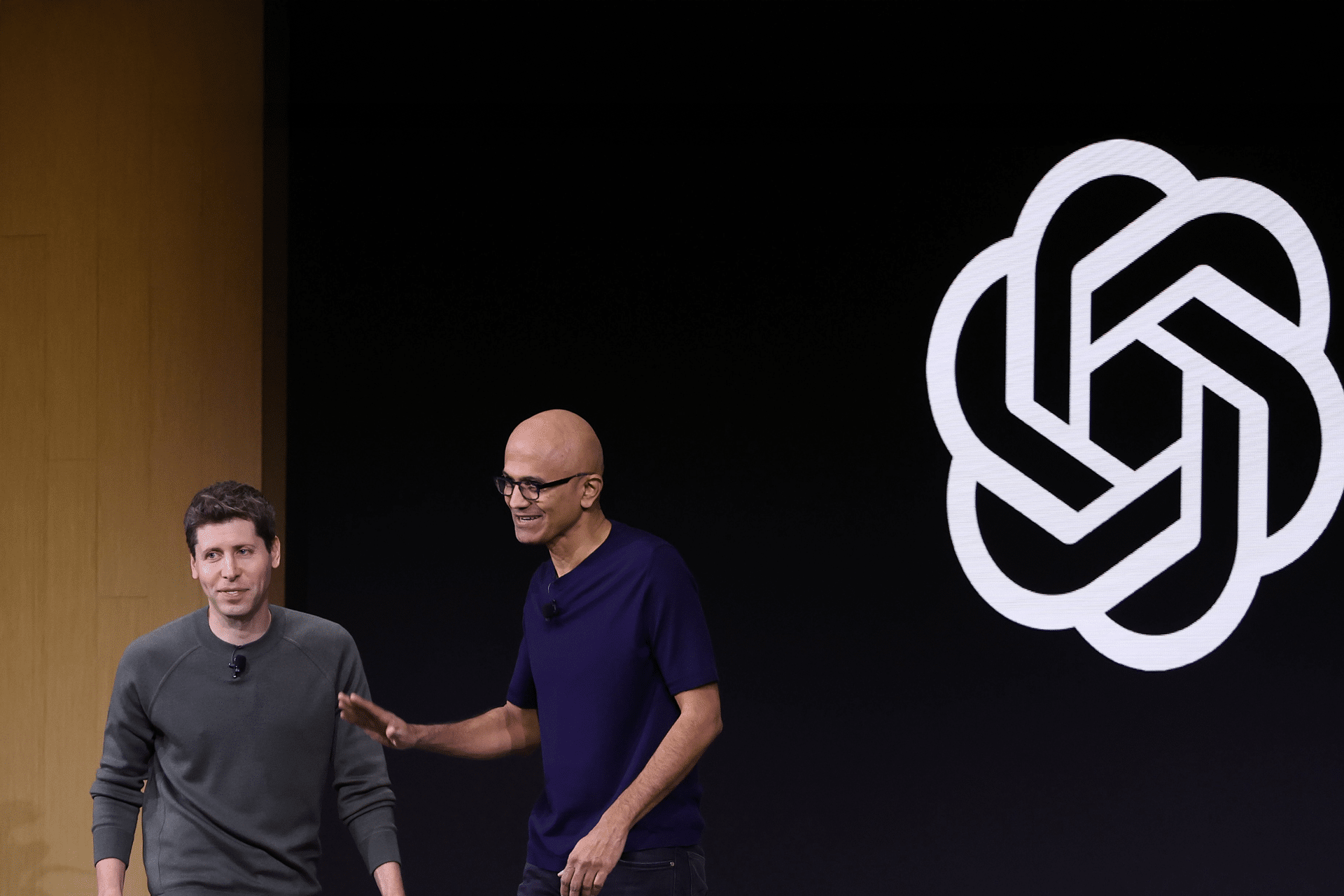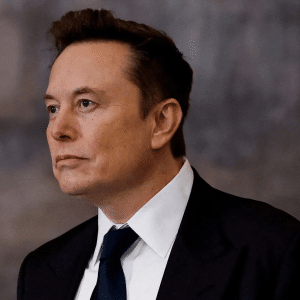The OpenAI $500 billion valuation has stunned the tech and financial worlds. Once a research lab founded with nonprofit roots, OpenAI is now being valued at half a trillion dollars — a number never before achieved by a start-up. The figure not only places OpenAI in the same league as established giants like Apple, Microsoft, and Alphabet but also signals how central artificial intelligence has become to the future of business and technology.
This extraordinary valuation comes as investors continue to bet that AI will reshape everything from productivity software to healthcare, education, and entertainment. But it also raises pressing questions about sustainability, competition, and whether expectations are racing far ahead of reality.
From Nonprofit Roots to Market Giant
Founded in 2015, OpenAI began as a nonprofit initiative focused on making artificial intelligence safe and widely accessible. Over time, it evolved into a “capped-profit” company, allowing it to raise billions in funding while retaining some of its original mission-driven principles. Partnerships with Microsoft and rapid adoption of ChatGPT catapulted OpenAI into the mainstream.
Now, with ChatGPT embedded in everything from enterprise software to personal apps, OpenAI is seen as the company most responsible for pushing generative AI into daily life. The $500 billion valuation underscores investor confidence that the company will remain at the forefront of the industry.

Why Investors Are Paying Attention
Citigroup recently projected that Big Tech companies could spend $2.8 trillion on AI infrastructure by 2029. OpenAI is positioned at the center of that spending wave. With its large language models powering countless applications, the company has become indispensable to enterprise and consumer ecosystems alike.
Investors are betting that OpenAI will not only monetize AI through subscriptions and licensing but also expand into new verticals like robotics, creative tools, and real-time search. The valuation suggests that markets believe AI will not just complement existing industries but create entirely new ones.
Risks Behind the Hype
Despite the eye-popping figure, some analysts warn that such valuations could prove fragile. OpenAI faces fierce competition from Google’s DeepMind, Anthropic, Meta, and a growing number of start-ups. Costs remain enormous, with training and operating frontier models requiring vast data centers and chip supplies.
Regulatory pressure is another wildcard. Governments in the U.S., EU, and Asia are already drafting rules for AI safety, intellectual property, and data privacy. Stricter oversight could slow down adoption or raise compliance costs.
Finally, the central question remains: will AI revenues scale quickly enough to justify trillions in investment? While adoption is growing fast, the path to sustainable, diversified revenue streams is still unfolding.

A Record in the Making
No other start-up has reached a valuation of this magnitude. Even during the dot-com boom, few companies broke past $100 billion before going public. OpenAI’s $500 billion valuation represents a paradigm shift — not just for AI, but for how markets assess the potential of early-stage technology.
It also positions OpenAI as a unique kind of power player: a company less than a decade old with influence rivaling corporations that have dominated global tech for decades.
What Comes Next
The valuation may mark only the beginning of OpenAI’s expansion. Reports suggest the company is preparing for new product launches that go far beyond chatbots, including multimodal assistants, enterprise AI platforms, and advanced tools for science and education.









